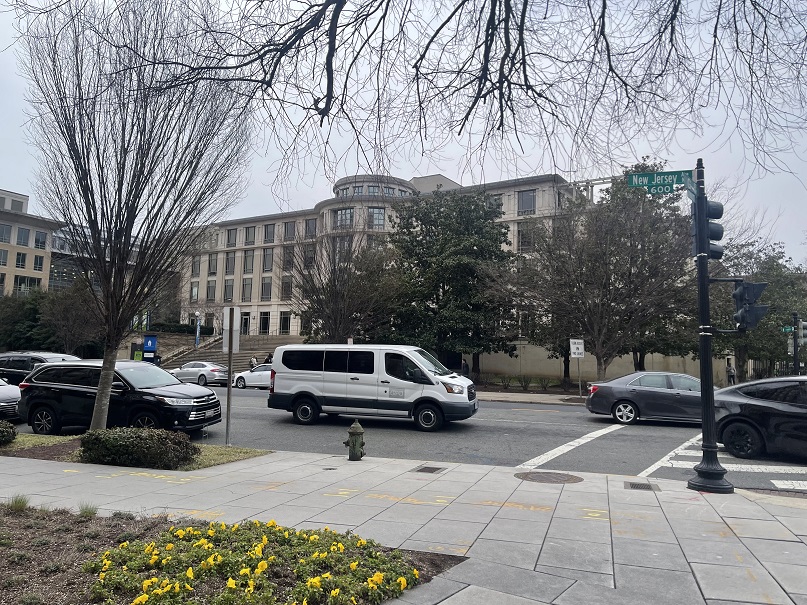 Dispatches
DispatchesMarissa Zupancic is JURIST’s Washington DC Correspondent, a JURIST Senior Editor and a 3L at the University of Pittsburgh School of Law. She’s stationed in Washington during her Semester in DC.
Georgetown University hosted a conference on Monday covering the 75th anniversary of the North Atlantic Treaty Organization (NATO), a military alliance of more than 30 countries.
Since 1949, NATO’s membership has grown to include Albania, Belgium, Bulgaria, Canada, Croatia, Czechia, Denmark, Estonia, Finland, France, Germany, Greece, Hungary, Iceland, Italy, Latvia, Lithuania, Luxembourg, Montenegro, the Netherlands, North Macedonia, Norway, Poland, Portugal, Romania, Slovakia, Slovenia, Spain, Türkiye, the UK and the US. Sweden formally joined NATO this year following a two-year application process.
NATO was formed in the aftermath of World War II in an effort to establish a defensive alliance to counter a perceived military threat from the Soviet Union and enhance ties among countries in Western Europe and North America. The organization’s founding document is the North Atlantic Treaty, which states:
The Parties agree that an armed attack against one or more of them in Europe or North America shall be considered an attack against them all and… if such an armed attack occurs, each of them… will assist the Party or Parties so attacked [by taking necessary action].
Article 6 stays the Treaty covers an armed attack on the territory of any of the member countries and also on the “forces, vessels, or aircraft” on any of the countries “when in or over these territories.”
Julianne Smith, the US Ambassador to NATO, kicked off the conference by explaining the importance of NATO’s role in regulating the international rule of law. Russia’s invasion of Ukraine has shaped NATO over the past two years, with Smith explaining that Germany allocated an extra €100 billion for military upgrades in 2022. Additionally, NATO has established guidance for members’ defense spending of 2 percent of their national Gross Domestic Product (GDP), with more than 66 percent of countries expected to meet this goal in 2024. Notably, Smith mentioned that it is increasingly believed that additional investments beyond the 2 percent minimum are necessary for adequate defense and security. Specific to the war Russia-Ukraine war, Smith explained:
I think Ukraine opened our eyes to the reality that we needed to have a lot more [defense supplies] on hand, but we also needed to open up the production lines we shuttered years ago and rethink how to backfill shortages that now exist across the alliance because of the critical supplies [needed by Ukraine].
While NATO is still rethinking how to address these shortages, Smith noted NATO entered into a $1 billion contract for more than 200,000 155-millimeter artillery shells in January 2024. NATO described this contract as “[demonstrative of] the capacity of the transatlantic defense industry to enhance NATO’s deterrence and defense and to support Ukraine.”
Smith also noted that nuclear deterrence is at the center of NATO’s policy. With the war in Ukraine and Russian President Vladimir Putin’s threats to use nuclear weapons, Smith emphasized NATO is “working to raise our nuclear IQ.” Additionally, one of NATO’s goals is to “create the security environment for a world without nuclear weapons.” With nuclear weapons still in existence, however, NATO remains steadfast in decommissioning and limiting the use of nuclear weapons.

